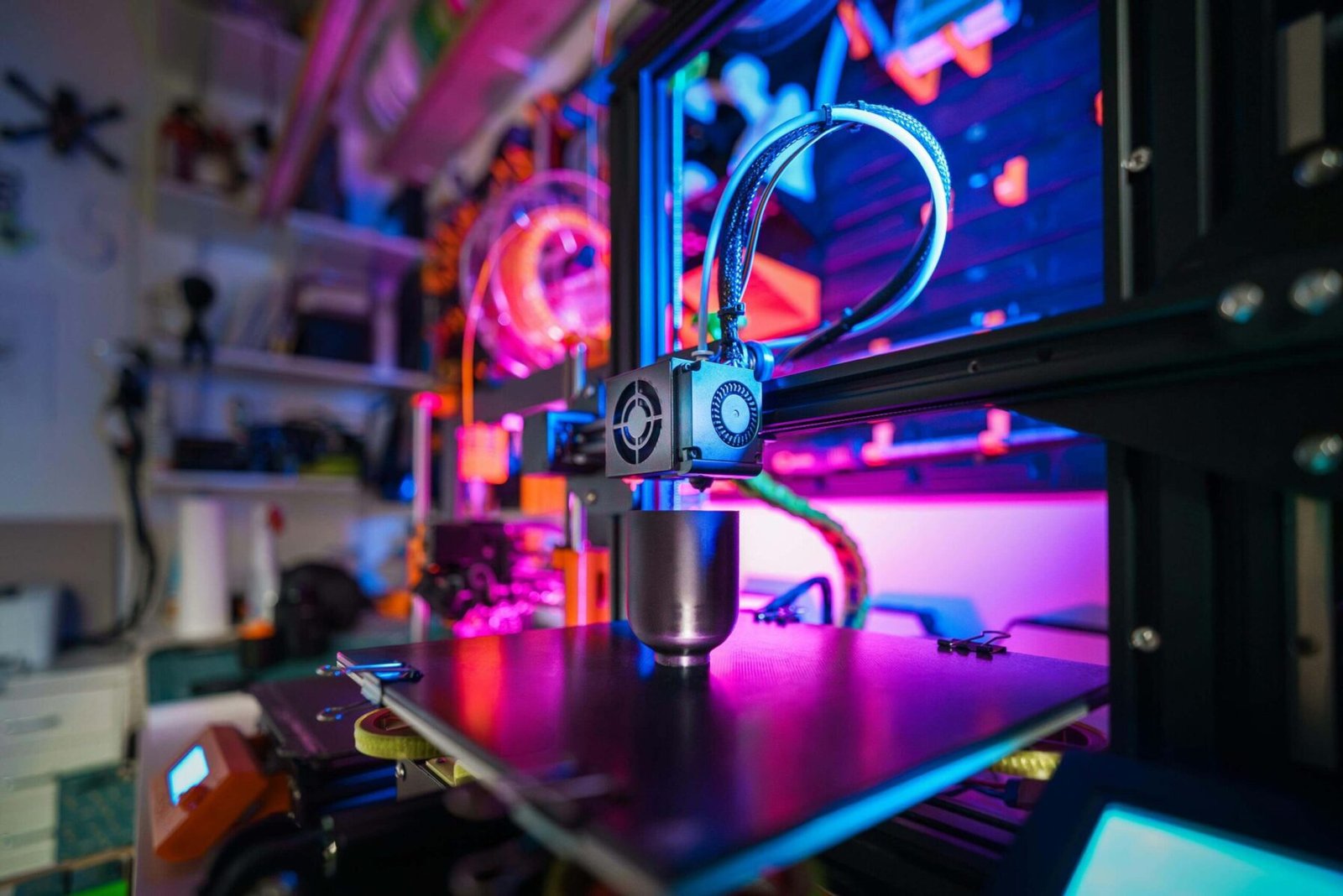
The Evolution of the Printing Press Through History
The transformative journey of this invention from the 15th century to today, highlighting technological advancements, cultural shifts, and its impact on communication, education, and knowledge dissemination, along with key figures and milestones.
Printing Press
An important turning point in human history was the development of the printing press in the fifteenth century. Credited to Johannes Gutenberg, this revolutionary technology democratized knowledge, enabling widespread dissemination of information and transforming education, science, and culture. However, long before Gutenberg’s innovation, the Chinese printing press played a significant role in the development of movable type. This article explores the history, evolution, and profound impact of the printing press on global knowledge dissemination.
The Origins: When Was the Printing Press Invented?
The earliest form of printing can be traced back to ancient China, where woodblock printing was developed during the Tang Dynasty (618–907 CE). The Chinese printing press, using movable clay type, was further advanced during the Song Dynasty by Bi Sheng around 1040 CE. This innovation set the stage for printing technology to spread globally.
In 1440, Johannes Gutenberg invented the modern printing press in Mainz, Germany, introducing movable metal type. This breakthrough allowed for mass production of books and documents, revolutionizing how knowledge was shared. Depending on whether we take into account Gutenberg’s European invention or the Chinese invention, the answer to the question, “When was the printing press invented?” changes.


Gutenberg Printing Press
The German inventor of the movable-type printing press, was born around 1400 CE.

Revolution of the european printing started after the development of the Gutenberg printing press. The Gutenberg Bible, one of Gutenberg’s first significant works, demonstrated the press’s capacity to create excellent, uniform texts.
Key Features of the Gutenberg Press
Movable Metal Type: Enabled efficient reproduction of text.
Oil-Based Ink: Provided durability and clarity.
Mass Production: Made books affordable and accessible.
These innovations transformed Europe into a hub of intellectual activity, fueling the Renaissance and the Reformation.
Key Areas Transformed by the Printing Press
Education: Schools and universities gained access to affordable textbooks, making education more inclusive.
Scientific Revolution: Scientists like Galileo and Copernicus published their findings, fostering collaboration and debate.
Cultural Exchange: Books in multiple languages facilitated cross-cultural understanding. This democratization of knowledge empowered individuals and communities, laying the foundation for modern society.


Modern society was greatly influenced by the printing revolution that the Gutenberg printing press brought forth. It was essential to: Religious Reforms: The Protestant Reformation was sparked by the printing and widespread distribution of Martin Luther’s 95 Theses.
Political Movements: Pamphlets and newspapers became tools for revolutionary ideas during the Enlightenment and American Revolution.
Economic Growth: Printing businesses flourished, creating jobs and boosting local economies.
The accessibility of printed materials reshaped social structures, challenging the traditional gatekeepers of knowledge.
Learn More About Microplastic Pollution Solutions: Revolutionizing Clean Ocean
Galaxies Mystery
Galaxies are among the universe’s most mysterious and awe-inspiring structures, home to billions of stars, planets, and other celestial objects. One of the greatest enigmas is the presence of dark matter, an invisible substance that holds galaxies together through its gravitational pull. Within their cores, supermassive black holes lurk, consuming matter and emitting powerful jets of energy, shaping the galaxy’s evolution. Some galaxies defy explanation, such as those with almost no dark matter or stars moving at unimaginable speeds. Others, like quasars, shine with incredible luminosity, powered by ancient black holes. Galaxies are not only cosmic wonders but also hold the secrets to understanding the universe’s past, present, and future.
The Role of the Chinese Printing Press
The Chinese printing press brought moveable type printing to the world long before Gutenberg. While Gutenberg’s press had a more global impact due to the alphabetic nature of European languages, the Chinese innovation set a critical precedent.
Chinese printing methods were primarily used for Buddhist texts, calendars, and official documents. The vast Chinese script made movable type less practical, but the innovation demonstrated humanity’s ingenuity in sharing knowledge.
Printing Press and its impact on society
The printing press was a game-changer for education. By making books more affordable, it expanded access to learning materials for students and educators. The rise of public libraries and schools in the centuries following the invention of the press highlights its role in fostering literacy.
Additionally, specialized texts in subjects like mathematics, astronomy, and philosophy became widely available, nurturing intellectual growth.
An important turning point in human history was the development of the printing press in the fifteenth century. The collaborative nature of modern science owes much to the accessibility provided by the press.
For example, Isaac Newton’s Principia Mathematica was widely distributed, influencing scientific thought across Europe and beyond.
The legacy of the printing press endures in modern printing technologies, from digital printers to online publishing platforms. While the medium has evolved, the core mission remains the same: to disseminate knowledge widely and efficiently.
The press’s influence is evident in every corner of our lives, from education to entertainment, reminding us of the power of innovation in shaping society.


Conclusion: A Revolution That Changed the World
Human knowledge sharing, access, and preservation were completely transformed with the development of the printing press. From the ancient Chinese printing press to Gutenberg’s movable type, this innovation has transformed education, science, and culture. Its enduring legacy underscores the importance of technology in driving progress and shaping civilizations.
External Link:
Call to Action:
Want to stay updated on the latest space innovations? Bookmark this page and join with us for exclusive insights into the world of private space exploration! Mail us this email.















You are my aspiration, I own few blogs and infrequently run out from post :). “‘Tis the most tender part of love, each other to forgive.” by John Sheffield.